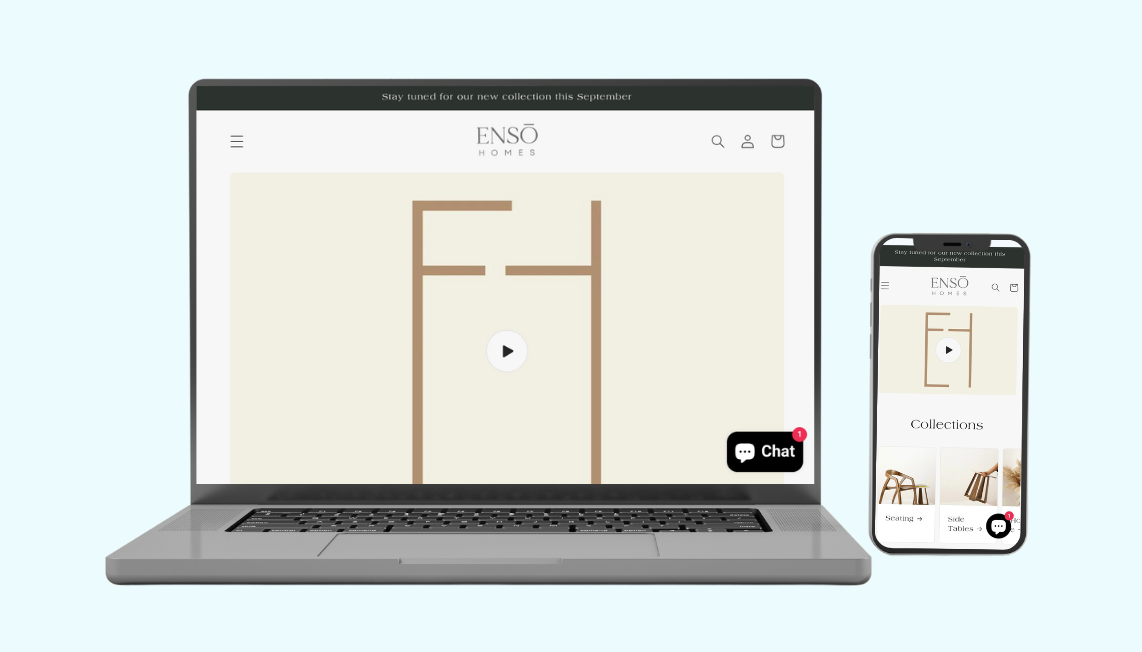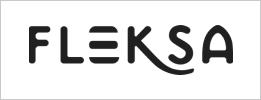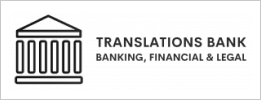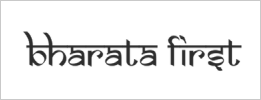In-market audiences are targeting segments consisting of consumers actively researching or considering purchasing products or services in specific categories. Unlike interest-based targeting that focuses on long-term preferences. in-market targeting identifies users showing immediate purchase intent through their recent browsing behavior. search history. and content consumption patterns.
Major advertising platforms like Google and Microsoft identify in-market audiences by analyzing signals including search queries. website visits. click activity. content consumption. and previous conversions. These behavioral patterns are algorithmically processed to determine when users have moved from casual interest to active purchase consideration. creating targetable segments across advertising networks.
For marketers. in-market audiences provide a powerful way to reach consumers during the critical consideration phase of their buying journey. These segments typically demonstrate higher conversion rates and lower cost per acquisition than broader targeting methods. Recency is crucial – the value of in-market signals diminishes quickly over time. making these audiences most effective when targeted promptly.
Implementation strategies include creating dedicated campaigns for in-market segments. developing messaging that addresses typical consideration-phase questions. highlighting competitive differentiators relevant to comparison shopping. and allocating higher bids for these high-intent audiences. Performance measurement should focus on conversion rates. return on ad spend. and incremental lift compared to non-in-market targeting.
























Michael Smith
-